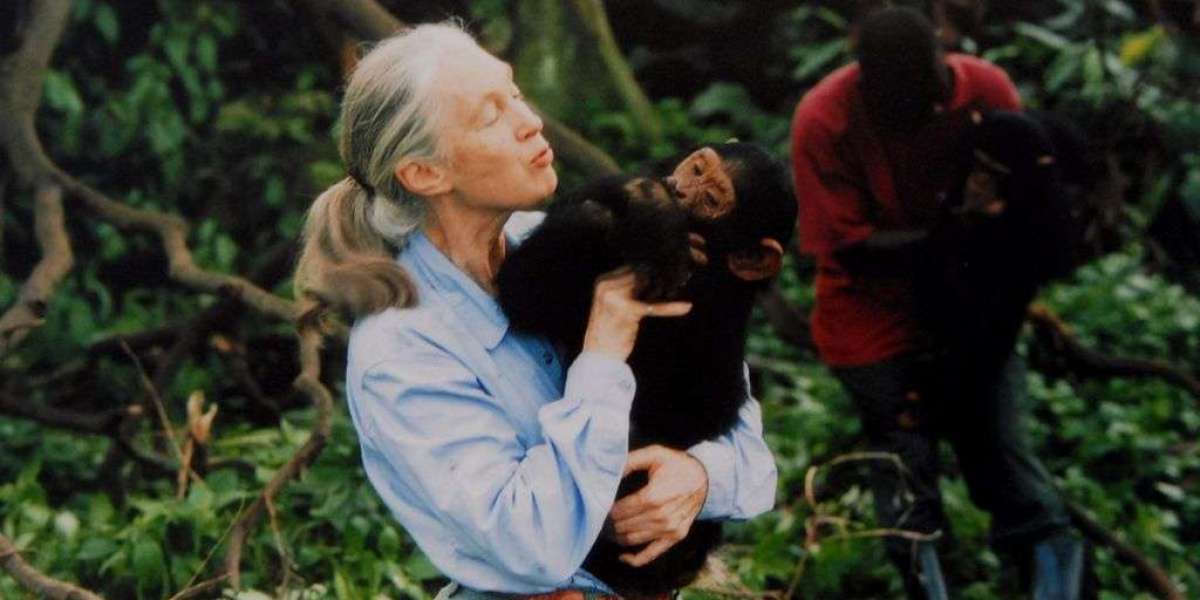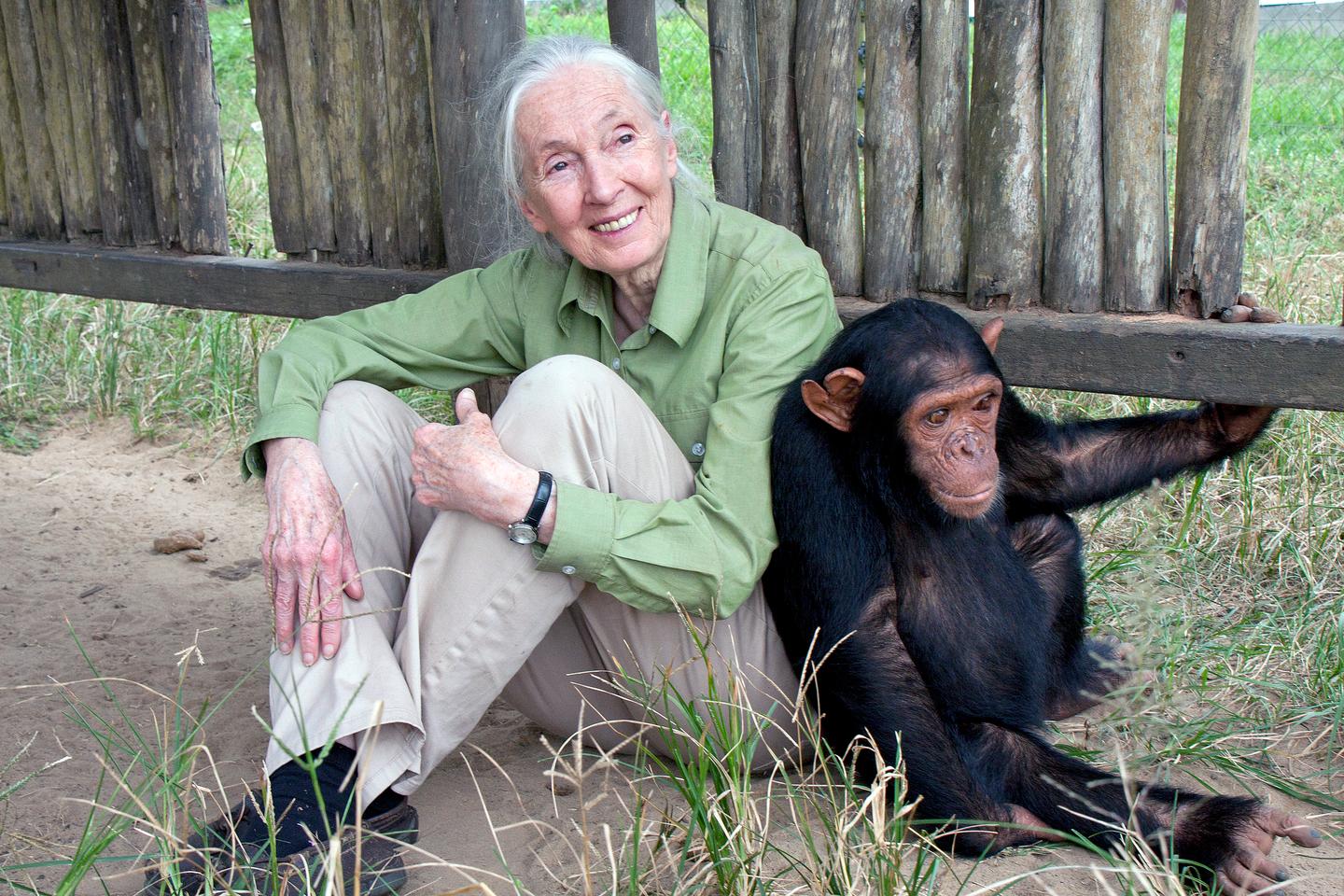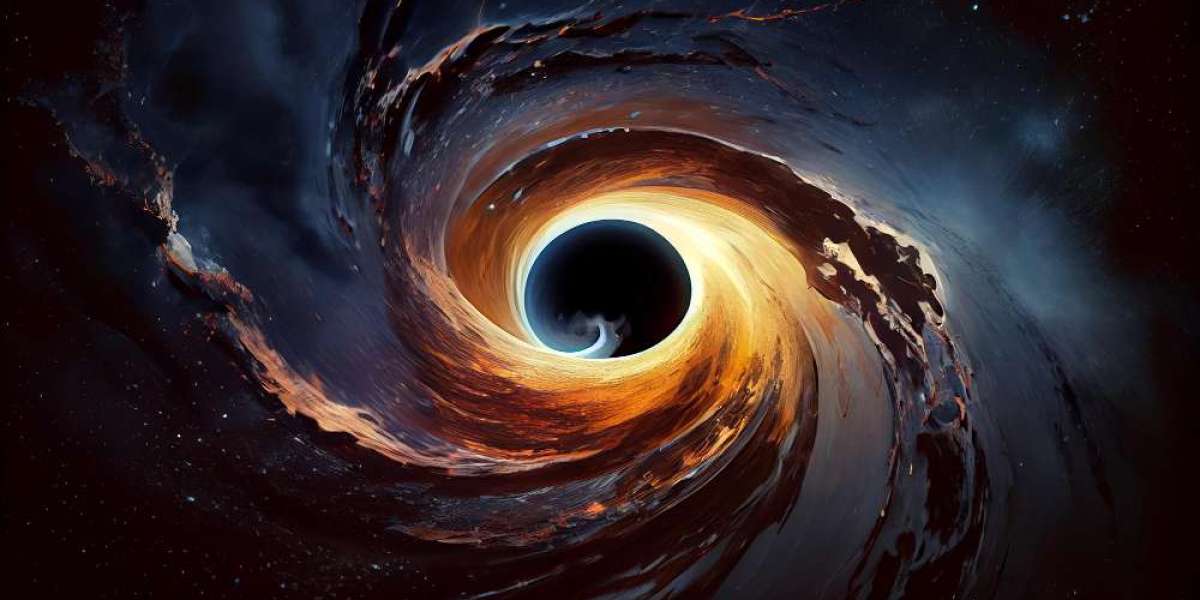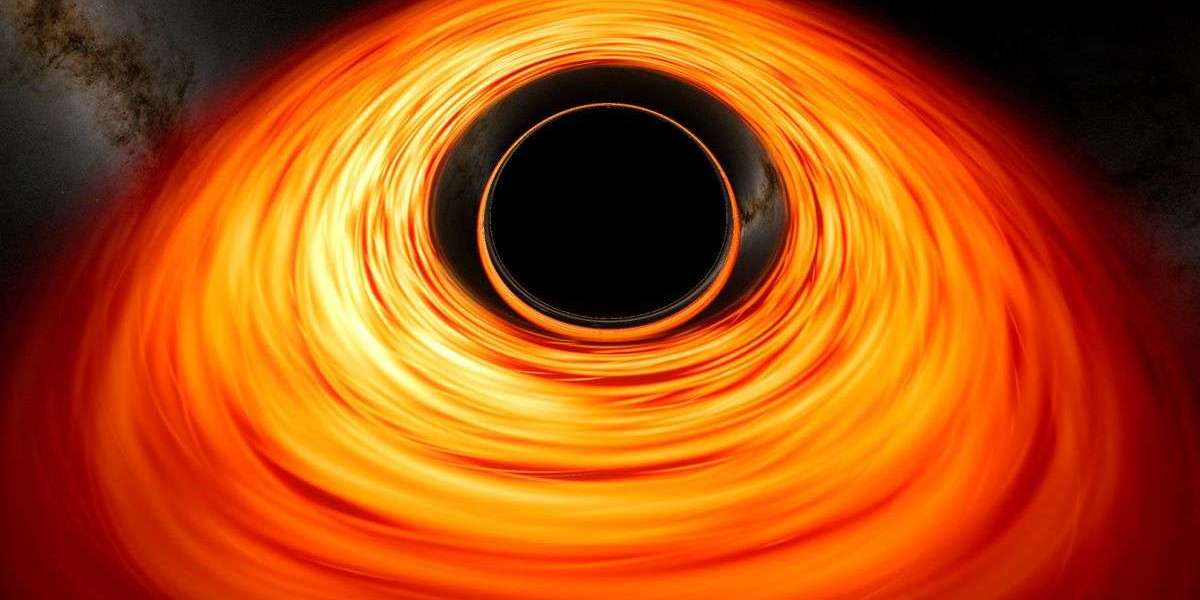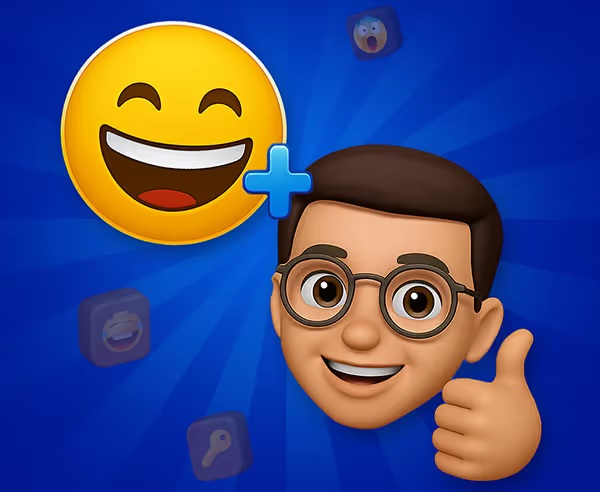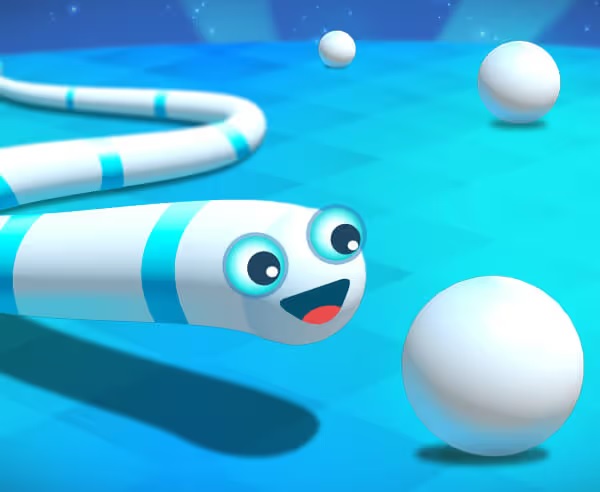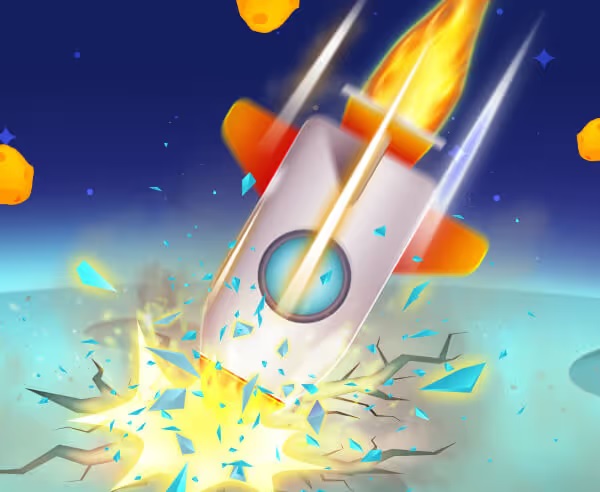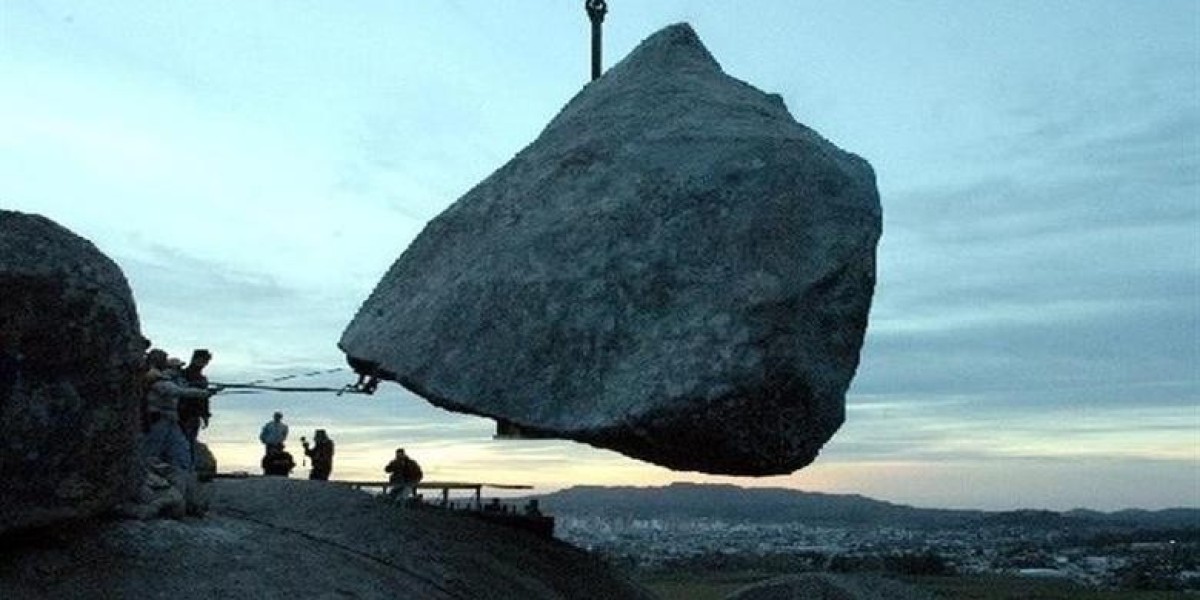article image source: bbc.com - copyright: Getty Images (link)
Dame Jane Goodall was not just a scientist—she was a revolution in motion. With a calm demeanor and unwavering purpose, she transformed our understanding of primates, the environment, and even what it means to be human. Her pioneering work with chimpanzees in Tanzania challenged scientific norms and inspired a global movement for conservation and compassion.
“The greatest danger to our future is our apathy. Each one of us must take responsibility for our own lives, and above all, show respect and love for living things around us, especially each other.”
— Jane Goodall
advertisement
Early Life and a Dream Born in Wonder
Born in 1934 in London, Jane Goodall’s love of animals was apparent from a young age. Fascinated by nature, she spent hours observing wildlife in her backyard. Her childhood dream, sparked by stories like Tarzan of the Apes, was to travel to Africa and live among animals.
Despite having no formal scientific training, her passion and curiosity eventually led her to Louis Leakey, the famed paleoanthropologist. Recognizing her unique approach and open mind, Leakey chose her to lead a study of chimpanzees in the wild—a decision that would reshape science.
Dr. Jane Goodall on Living with Chimps, Their Language & the Possibility of Bigfoot
Revolution in the Rainforest: Gombe and the Chimps
In 1960, in the Gombe Stream Game Reserve of Tanzania, Goodall made a groundbreaking observation: a chimpanzee using a twig to "fish" for termites. This was the first documented case of tool use in animals, a behavior previously thought to be exclusively human.
This discovery forced science to reconsider long-held beliefs. As Leakey famously wrote:
“Now we must redefine tool, redefine Man, or accept chimpanzees as human.”
Goodall also uncovered evidence of complex social structures, emotional expression, and even warfare among chimpanzees—redefining how we perceive non-human animals.
Her method of naming the chimps and describing their personalities was controversial in a scientific world that preferred numbers to names. Yet, her approach opened the door to a more empathetic and complete understanding of animal intelligence and culture.
The Gentle Disruptor: Changing Science Without Cynicism
Goodall’s strength was not only in what she discovered but in how she carried herself: with compassion, clarity, and resilience. She never let cynicism or ego interfere with her work. Her life was a model of activism without anger, change without confrontation.
Known as a “gentle disrupter,” she inspired generations of scientists and conservationists through both her example and her mentorship. As primatologist Mireya Mayor put it:
“Her path to groundbreaking discoveries did not involve stepping on people... Rather, her journey was motivated by wonder, love of animals, and a powerful imagination.”
From Researcher to Global Advocate
In the decades after her fieldwork, Goodall turned her focus to global conservation and public education. She founded the Jane Goodall Institute in 1977, a global organization dedicated to environmental protection and animal welfare.
In 1991, she launched Roots & Shoots, a youth-led program that now operates in over 60 countries, teaching young people how to take positive action for people, animals, and the planet.
Even into her 90s, Goodall continued traveling, speaking, and advocating. In 2024, she promoted a large-scale tree-planting and habitat restoration initiative in Uganda, saying:
"We still have a window of time to slow down climate change and loss of biodiversity. But it's a window that's closing."

Valerie Jane Morris-Goodall 3 April 1934 London, England - image source: wikipedia.org
Legacy and Final Days
Jane Goodall passed away on October 1, 2025, at the age of 91. The scientific world, and millions of admirers across the globe, felt the weight of her loss.
Tributes poured in, including from Roger Highfield of the Science Museum in London:
“She completely changed how we think about other species and how we think about ourselves.”
Her legacy continues not only in science but in action. As her colleague Prof. Cat Hobaiter said:
“Jane would be the first person to tell us that what the world needs right now is not sadness over her loss, but to get to work.”
Jane Goodall – Life Timeline
| Year | Event |
|---|---|
| 1934 | Born in London, England |
| 1957 | Meets Louis Leakey in Kenya |
| 1960 | Begins chimpanzee study in Gombe, Tanzania |
| Discovers chimpanzees using tools | |
| 1977 | Founds the Jane Goodall Institute |
| 1991 | Launches Roots & Shoots youth program |
| 2002 | Named United Nations Messenger of Peace |
| 2024 | Leads tree-planting & restoration in Uganda |
| 2025 | Passes away at age 91 |
Jane Goodall’s Legacy & Impact
| Area | Key Contributions |
|---|---|
| Science | Discovered tool use in chimpanzees Challenged the definition of “human” |
| Introduced empathy and emotional understanding in primate behavior studies | |
| Conservation | Founded the Jane Goodall Institute Focused on habitat preservation |
| Advocated for animal rights and biodiversity | |
| Youth Engagement | Created Roots & Shoots in 1991 Now active in 60+ countries |
| Empowers young people to act on environmental and humanitarian issues | |
| Global Advocacy | Named UN Messenger of Peace (2002) Inspired global audiences through storytelling and science communication |
✅ Final Thoughts
Jane Goodall lived not just as a scientist, but as a symbol of hope, humility, and harmony with nature. Her story reminds us that even the gentlest voices can change the world—through curiosity, care, and courage
Thank you !
